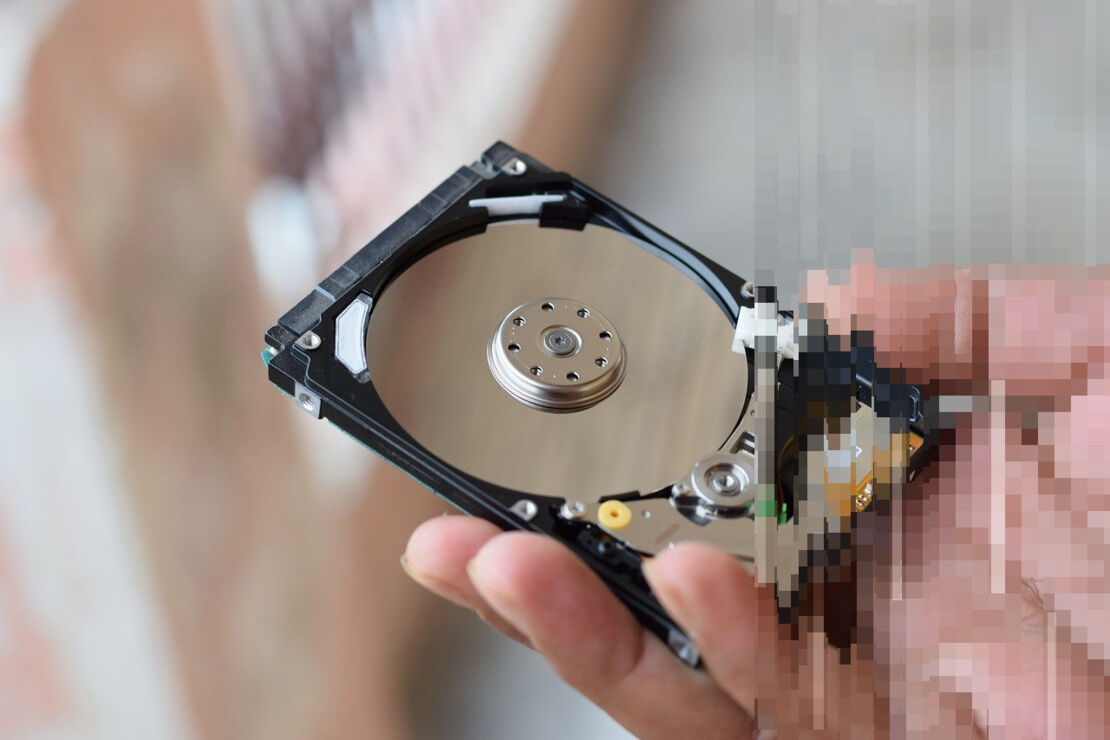Silent Data Corruption
Can data really rot?
Causes, effects and prevention strategies of an underestimated risk
Silent Data Corruption (SDC) - also called "bit rot" is indeed a creeping danger to your data stock. In this phenomenon, the data in a computer system is damaged or corrupted without the administrator or even the storage system itself noticing.
As a result, this type of data corruption can have serious implications. For example, important media data could be irretrievably damaged. In areas where high data integrity is critical - such as finance, healthcare or security-critical applications - SDC can cause even more devastating effects.

What causes Silent Data Corruption?
- Hardware faults
Faulty hardware components such as hard disks, RAM modules or processors - Electrical faults
Current fluctuations, electromagnetic interference and similar phenomena - Software errors
Faulty programs or drivers - Memory errors
Bit errors or memory leaks - Radiation effects
High-energy particles such as alpha particles
Potential impact of Silent Data Corruption:
- Data inconsistency: Corrupt data leads to errors in calculations, analyses or other data processing tasks.
- Loss of corporate data: SDC can lead to misinterpretation of data and subsequent financial losses - including reputational damage.
- Security risks: Even the integrity of security-critical data could be compromised by SDC, further leading to data breaches or attacks on sensitive information.
- Legal consequences: Some industries have legal requirements for data integrity. SDC can lead to regulatory breaches and legal consequences.
Prevention strategies to counter Silent Data Corruption
- Error detection and correction (ECC): ECC memory or ECC algorithms can detect and correct errors in storage media or transmission channels.
- Prefer SAS: A fairly easy strategy would be to use SAS instead of SATA because the SAS interface offers better error detection and correction.
- Data integrity check: Regular data integrity checks using hash functions or checksums can detect corruption at an early stage.
● T10 DIF (Data Integrity Field): Using T10 DIF, an additional field is added to each data block to store integrity information. This field contains a checksum or hash value. When reading the data, the checksum is calculated and compared with the value stored in the DIF field.
● T10 PI (Protection Information): T10 PI is a further development of T10 DIF. In addition to the checksum, it also contains a sequential number. The latter enables detection of sequence errors or lost data blocks.
(Both T10 DIF and T10PI must be integrated in hardware and software). - Data Scrubbing: The term stands for data cleaning and represents a regular check of the data in the background. (RAID scrubbing, Btrfs scrubbing and ReFS data scrubbing).
- Check reading: Enhanced functions in the redundancy mechanisms of RAID arrays or replication can prevent data loss through SDC.
- Fault isolation: Virtualisation technologies or controlled environments minimise potential fault sources and isolate their effects.
- Protective mechanisms at operating system level: Advanced file systems such as ZFS (OpenZFS) or Btrfs avoid inheriting software errors through Copy-on-Write (CoW) and thus increase the stability of the system.
What to do if you suspect a data carrier or RAID set SDC?
- A supposedly infected hard disk can be identified quite easily: The user copies a large file with a known checksum repeatedly within this data carrier. If a wrong bit is returned when reading the copied file, the checksum has logically also changed.
- In a RAID system, however, the identification of a corrupt data carrier is more difficult. A feasible way would be to delete the RAID set and split the array into two sets half the size.
Through repeated copying, the administrator then identifies the RAID set with the corrupt data carrier from the two drive groups. He splits this RAID set again and repeatedly checks the checksum in the tests. This splitting of the set is then carried out until only one disk remains at the end.
Conclusion
Silent data corruption is indeed a serious threat to data integrity in your IT systems. To avoid Silent Data Corruption, prevention strategies such as error detection and correction, data integrity checking, redundancy and error isolation are essential. Implementing these strategies can ensure the integrity of your data and minimise potential damage.
